Matching Hardware Finishes: Creative Design Ideas
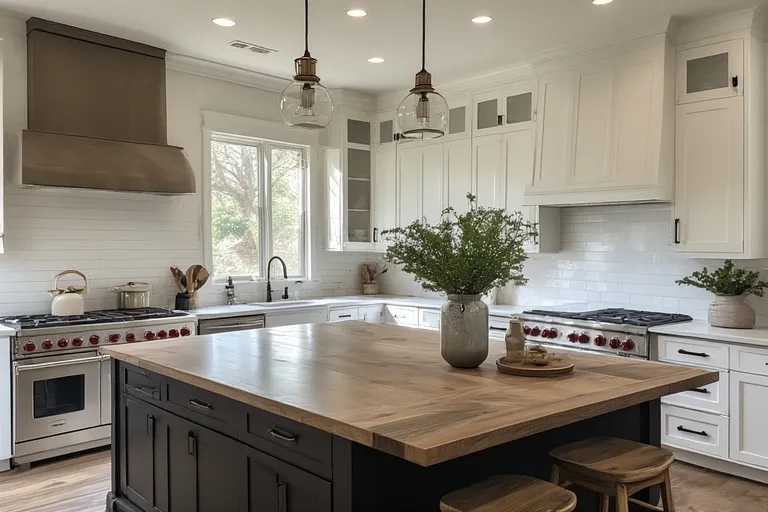
Matching hardware finishes play a crucial role in interior design, helping create a unified, polished, and intentional look. From door handles and cabinet knobs to lighting fixtures and faucets, the right combination of metal tones can make your space feel thoughtfully designed and visually balanced. Many homeowners overlook this subtle yet impactful detail, but harmonizing finishes can elevate a room from ordinary to sophisticated with minimal effort.
Why Hardware Finishes Matter in Home Design
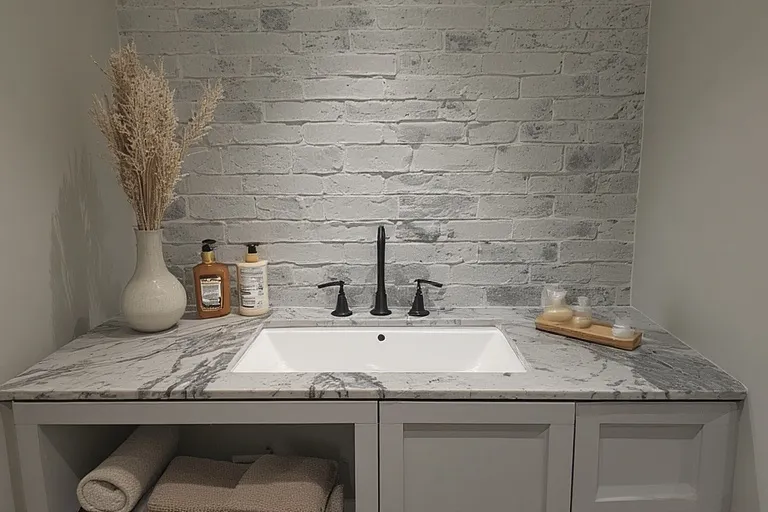
Hardware finishes are more than just small details — they act as the jewelry of your home. Just like accessories complete an outfit, hardware adds personality and definition to your interiors. The finish you choose for handles, knobs, and fixtures can influence the overall ambiance of a space, enhancing color schemes, complementing materials, and tying different design elements together. You should see Spa Like Bathroom Decor
Imagine a bathroom with brushed nickel faucets, polished chrome towel bars, and black cabinet pulls — the mismatched metals can create visual chaos. On the other hand, when finishes coordinate, the space instantly feels cohesive and intentional. Hardware consistency creates a seamless flow that ties your rooms together beautifully.
Understanding Different Hardware Finishes
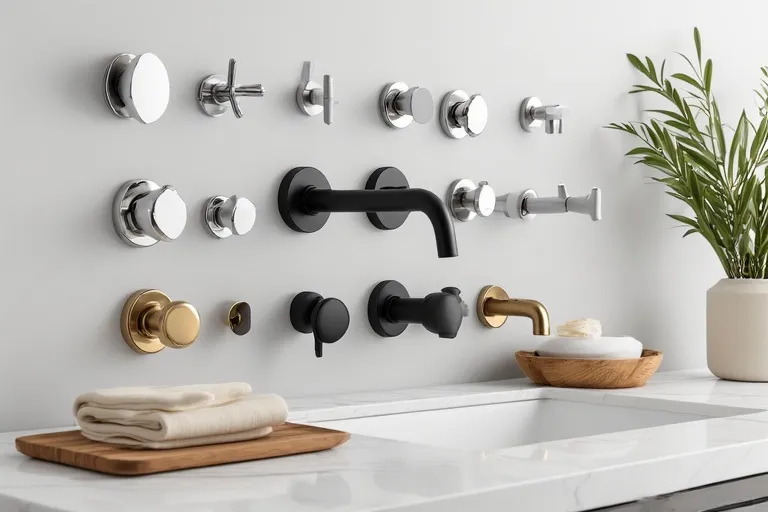
Before you can mix or match finishes effectively, it’s important to understand the most common options available and their unique characteristics.
- Polished Chrome: A timeless and highly reflective finish that offers a modern, clean, and luxurious look. Perfect for contemporary spaces or bathrooms.
- Brushed Nickel: Offers a softer, matte sheen compared to chrome. It’s durable, versatile, and ideal for transitional or traditional spaces.
- Matte Black: A modern favorite that adds bold contrast and sophistication. Works beautifully in minimalist, industrial, and farmhouse styles.
- Brass (Polished or Antique): Adds warmth and vintage charm. Polished brass feels classic and elegant, while antique brass offers a muted, aged appearance.
- Oil-Rubbed Bronze: Rich, dark, and rustic — perfect for traditional or old-world interiors.
- Satin Gold/Champagne Bronze: A contemporary update to classic brass, offering a subtle, brushed warmth that’s on trend and sophisticated.
Each finish contributes a unique personality, and knowing how to use them strategically is key to achieving visual balance.
The Art of Matching Hardware Finishes
Matching hardware finishes doesn’t necessarily mean everything in your home must be identical. It’s about creating harmony and consistency across rooms while maintaining visual interest.
Here are some best practices to keep in mind:
1. Choose a Dominant Finish
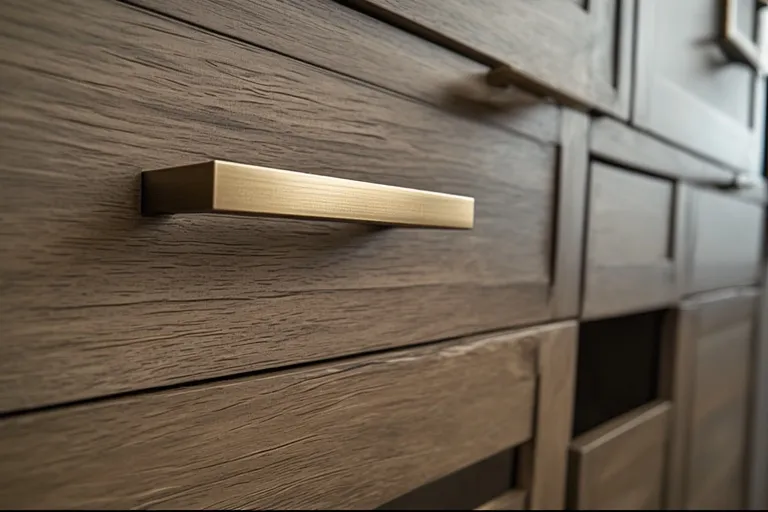
Start by selecting one metal finish that will be the foundation of your design. This could be your cabinet hardware, door handles, or lighting fixtures. Once chosen, make sure this finish is repeated in multiple places to establish a clear visual rhythm.
2. Keep It Consistent in Small Spaces
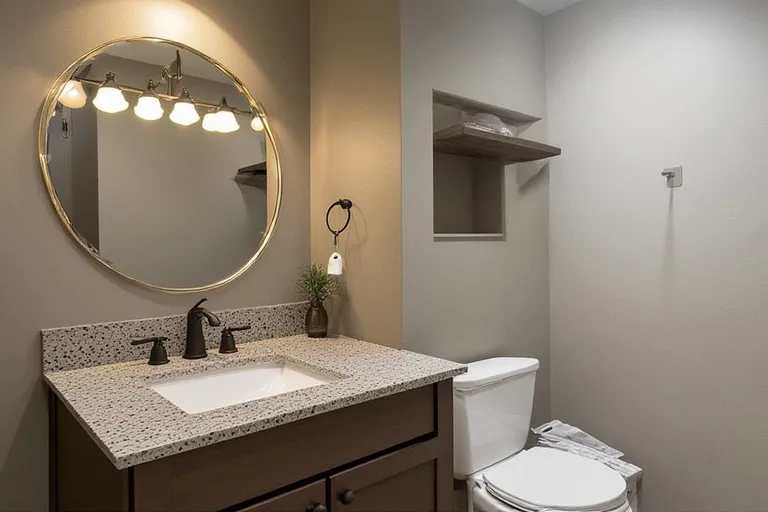
In compact areas like bathrooms or powder rooms, it’s best to use one finish throughout. Matching the faucet, towel rack, and cabinet pulls in the same metal helps prevent clutter and maintains a streamlined look.
3. Mix with Intention in Larger Spaces
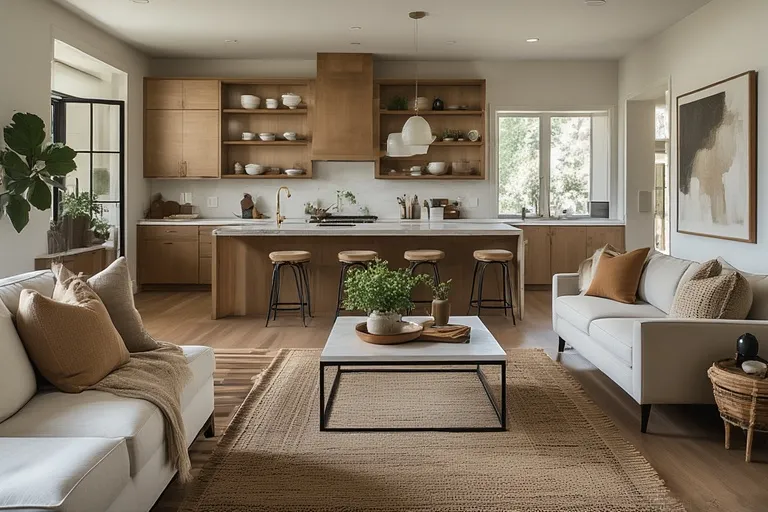
Open-concept spaces like kitchens and living areas can handle more variety. You can mix finishes as long as they complement each other. For instance, warm metals (like brass and bronze) pair well together, while cool metals (like chrome and nickel) create a sleek, modern harmony.
4. Balance Warm and Cool Tones
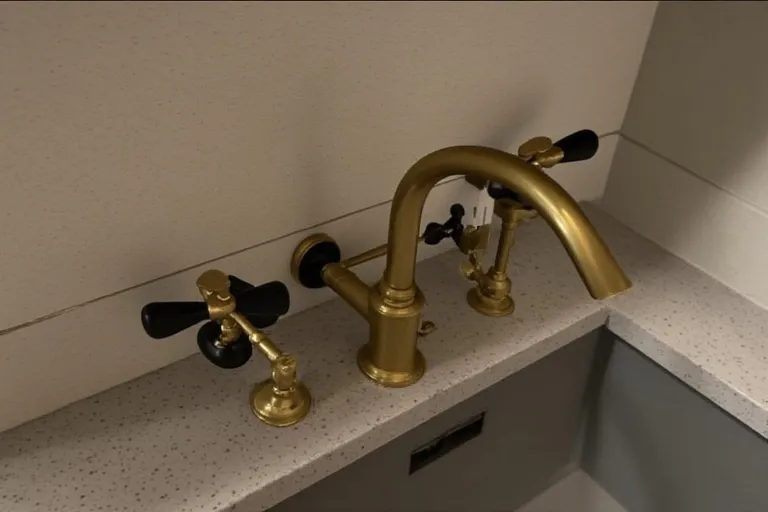
If you decide to mix finishes, balance is key. Avoid pairing overly contrasting tones unless done deliberately for a dramatic effect. A soft gold faucet paired with matte black cabinet handles can create depth without visual tension when balanced with neutral surfaces.
5. Repeat Finishes Across Rooms
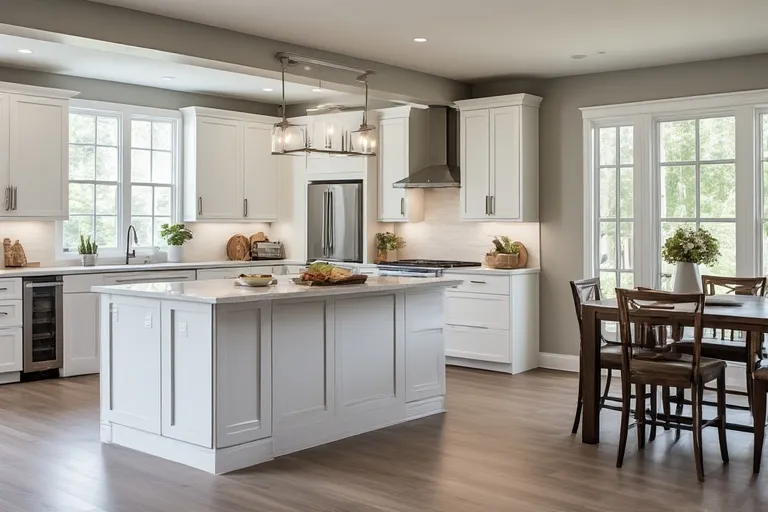
Consistency across adjoining spaces creates visual flow. For example, if your kitchen features brushed nickel hardware, consider using the same or similar tones for your adjoining dining area or hallway fixtures.
6. Match Function, Not Just Style
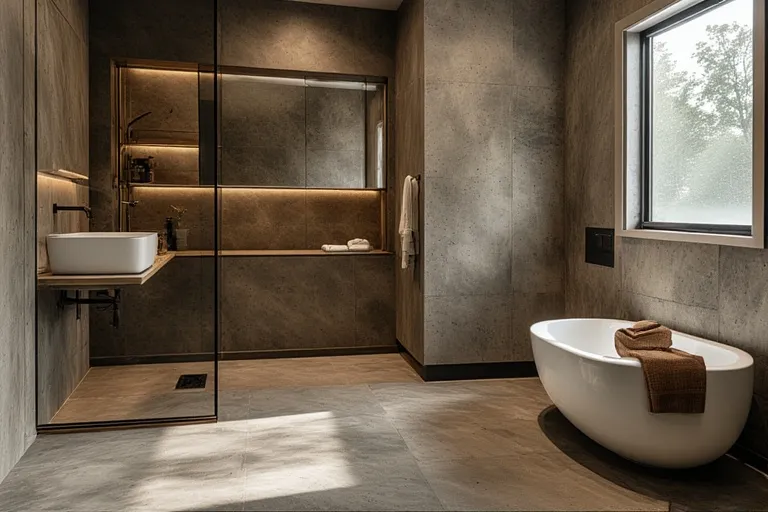
Sometimes, finishes are chosen purely for aesthetics — but durability matters too. In areas like kitchens and bathrooms where moisture is common, opt for finishes that resist corrosion, such as chrome or nickel.
7. Lighting Fixtures as Connectors
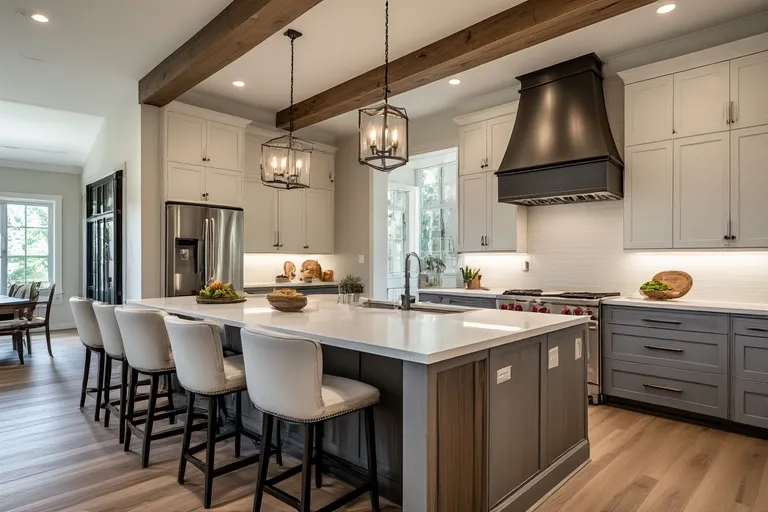
Lighting often serves as the “bridge” between different finishes. If you mix cabinet and faucet finishes, use lighting fixtures that incorporate elements of both to create cohesion.
Common Mistakes to Avoid When Matching Hardware Finishes
Even with the best intentions, it’s easy to make mistakes when coordinating metal finishes. Here are some pitfalls to watch out for:
- Mixing too many finishes – Limit yourself to two or three finishes per space to avoid clutter.
- Ignoring undertones – Warm and cool undertones can clash if not chosen carefully.
- Not considering lighting – Natural and artificial light can change how finishes appear, so always test samples under real conditions.
- Forgetting maintenance – Some finishes require more upkeep than others. For example, polished chrome shows fingerprints easily, while brushed finishes hide them better.
How to Match Hardware Finishes Across Your Home
Creating continuity across your home doesn’t mean every single room must look identical. The goal is a cohesive flow that feels intentional and stylish.
1. Establish a Design Theme
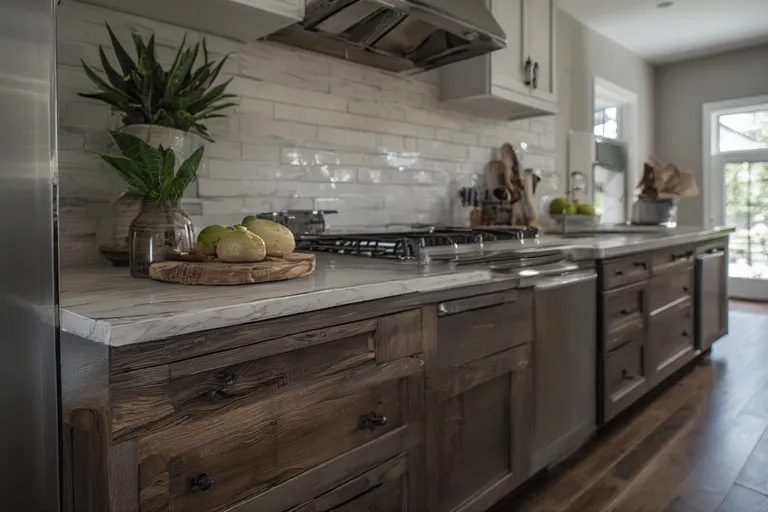
Decide on a consistent design theme (modern, rustic, farmhouse, industrial, etc.) before selecting finishes. Your chosen style will naturally guide your hardware choices.
2. Coordinate with Surrounding Elements
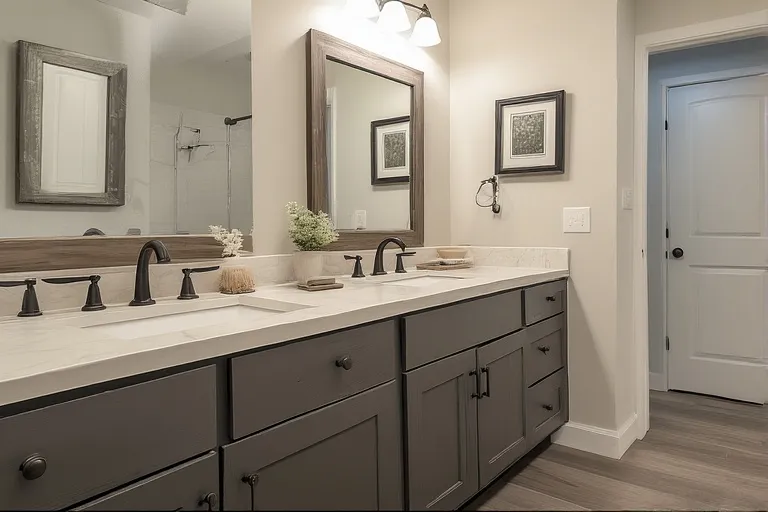
Match your hardware to other room features — like faucets, light fixtures, mirrors, or even picture frames — for a subtle, unified look.
Start with One Space
If you’re unsure, start with one area (like the kitchen or bathroom). Once you find a combination that works, you can extend that concept to other rooms for visual balance.
Use Transitional Elements
If two rooms have different finishes, include transitional elements such as lighting fixtures or accent décor that feature both metals to tie the look together.
Styling Tips for a Professional Finish
- Keep hardware finishes consistent on the same visual plane — for example, all cabinet handles on lower cabinets should match.
- Use finishes that complement your color palette. Black and brass pop beautifully against white, while nickel enhances cooler tones like gray and blue.
- Don’t be afraid of contrast — a touch of black hardware in a light kitchen can add depth and sophistication.
Conclusion
Matching hardware finishes is one of the most effective ways to create a cohesive, elegant, and visually appealing home design. Paying attention to these subtle details transforms your space from fragmented to refined. By balancing consistency and contrast, understanding the undertones of your metals, and aligning finishes with your overall décor theme, you can achieve a polished look that feels timeless and intentional.
Remember: the beauty of great design lies in the details — and matching your hardware finishes is the small touch that makes a big difference.
1. Why is matching hardware finishes important?
It creates a cohesive, polished, and professionally designed look in any space.
2. Can I mix different hardware finishes?
Yes, mix with balance and intention, ensuring the tones complement each other.
3. What are popular hardware finishes today?
Brushed nickel, matte black, brass, and champagne bronze are trending choices.
4. Should all rooms have the same finish?
Not necessarily; use coordinating finishes to maintain visual flow across spaces.
5. Which hardware finish requires the least maintenance?
Brushed nickel hides fingerprints and water spots better than polished finishes.

One Comment